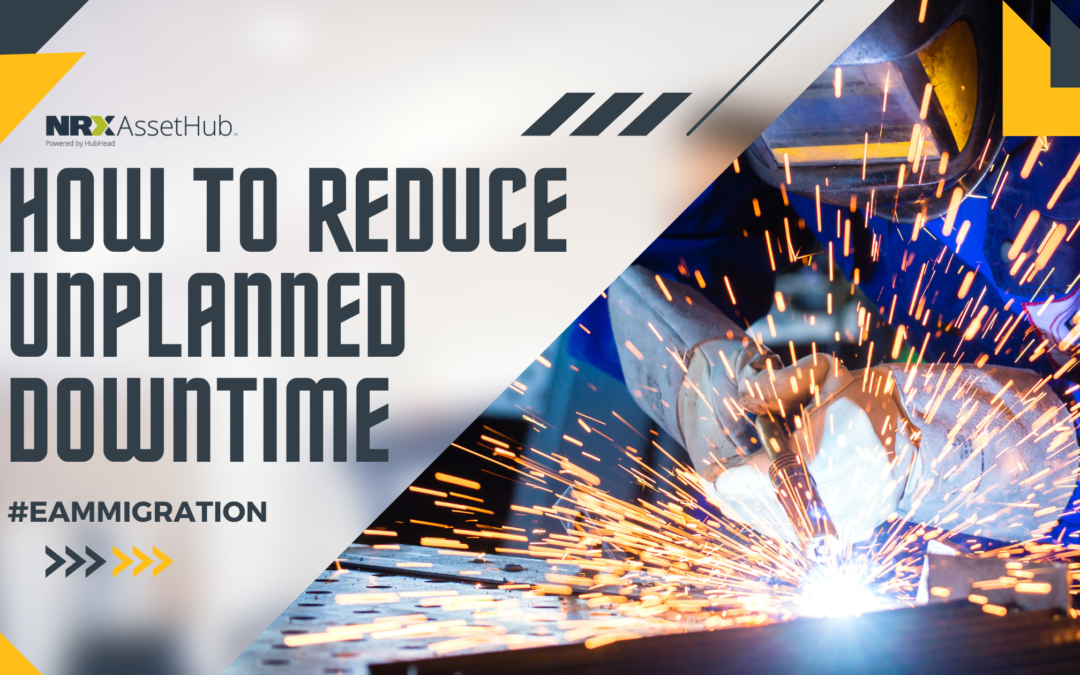Downtime refers to the duration of time when your machinery is not in production. While downtime can be planned for equipment set up or scheduled repairs, unplanned downtime refers to downtime that occurs unexpectedly because of an unforeseen shutdown or equipment failure. Every minute your assets are not working costs your company money. For most manufactures, unplanned downtime is the single largest source of lost production time.
Some of the most common causes of unplanned downtime include equipment failure, accidents, human error, unavailable parts, poor analysis, and bad data. There are some causes of downtime that no one has control over even with a planned process in place such as catastrophic weather events. However, most causes of unplanned downtime can be prevented. There are certain best practices you can implement to help your company work through and ultimately prevent unexpected downtime.

Invest in a Data-Driven Maintenance Strategy
A data-driven predictive maintenance strategy is crucial to dealing with unplanned downtime, but this is only half the battle. Not only is it important to collect accurate failure data, but you must also have a clear and precise objective for that data. If you do not, maintenance professionals are left with chunks of failure data, which they do not know how to use to extract value for your company.
Define the Causes of Unexpected Downtime
When it comes to solving any problem, the first step is always clearly defining the issue at hand. This helps address the root of the problem rather than only paying attention to the symptoms while still facing the consequences from the underlying issue. In the case of downtime, to prevent it from happening again it is important to know exactly when, where, and how it occurred.
Collect Accurate Data Performance Indicators and Failure Information
This information is important to collect because these tools give maintenance professionals enormous insight and better understanding of their equipment.

Careful Planning and Scheduling
Carefully planning and scheduling effective maintenance operations are critical to preventing unplanned downtime. Unfortunately, many maintenance workers are unaware of when their machinery needs servicing or is due for an upgrade. This is one of the problems with adopting a reactive approach to maintenance because dealing with problems when they occur is more expensive than preventing those problems in the first place. This results in production delays because servicing and replacements come as a surprise that suddenly need to be addressed as opposed to something that was expected and for which preparations have been made.
Predict, Don’t Wait to React
Given that most of the reasons behind unexpected downtime are preventable, it is important your company ensures enough resources are being channeled towards preventing the unnecessary lost revenue and increased costs that result from downtime. If you are planning an EAM migration, this is the ideal time to reduce unplanned downtime by making changes to your maintenance processes, building an effective predictive maintenance strategy, and cleansing your master data.
If you would like to learn more about how NRX AssetHub can help you prepare your EAM data for migration to reduce unexpected downtime, book a demo and our team would be happy to help you!
3 Tips for Dealing with Unexpected Downtime
What to do about Unexpected Downtime
How Does Bad Asset and Maintenance Master Data Cause Unexpected Downtime?
Share this article




